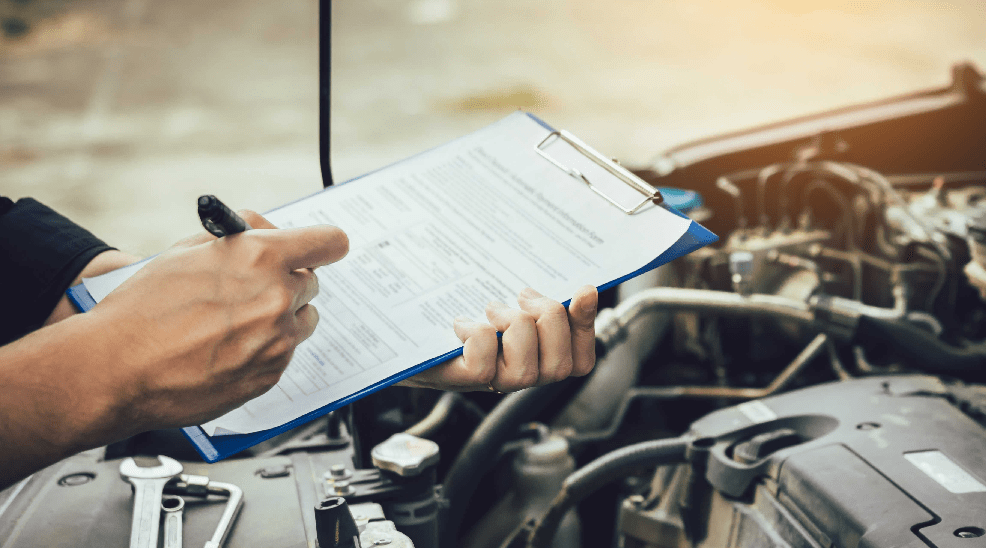
Sep 20, 2024
Surpassing 150,000 miles in your hybrid vehicle is a major milestone, and proper maintenance can ensure your car continues to run smoothly for many more miles. The health of your hybrid battery is closely tied to the overall condition of your vehicle, so keeping your car in top shape is essential to prolonging battery life and avoiding costly repairs.
Here are some key components of your hybrid vehicle that you should pay close attention to, as they can have a direct impact on your car's performance and the longevity of your hybrid battery.
1. Brake Actuator/Accumulator
The brake actuator/accumulator is the "brain" behind your braking system, responsible for regulating brake fluid pressure. When this component begins to fail due to leaks, the braking system loses efficiency, and the hybrid battery's ability to recharge is compromised. This is because regenerative braking, which helps recharge the battery, becomes less effective. If you notice issues with your braking system, it’s important to have this part inspected and potentially replaced to prevent hybrid battery failure.
2. Inverter
The inverter in a hybrid vehicle replaces a traditional alternator, boosting voltage to power the motor generators (MG1 and MG2) while also keeping the 12-volt battery charged. If the inverter malfunctions, your car may refuse to start, leaving both the 12-volt and hybrid battery drained. Overheating is a common issue with inverters and can lead to system-wide failures. If you suspect your inverter is overheating or malfunctioning, it’s crucial to replace it immediately to avoid further damage.
3. Water Coolant Pump
A functioning water coolant pump is essential to maintaining the right temperature for your engine. An overheated engine can lead to significant damage, including hybrid battery failure. The vehicle’s fail-safe mode may cause the car to shut off if the coolant pump fails, so regular inspections of the cooling system can help prevent unexpected shutdowns and expensive repairs.
4. Combination Meter
The combination meter, or dashboard display, provides critical information about your vehicle’s status. If your dashboard lights start to fail, it could lead to driving without awareness of major system failures or fuel levels. This can cause hybrid battery strain or even a blown engine. Addressing issues with the combination meter early can prevent these problems and keep your car running smoothly.
5. Catalytic Converter
Though hybrids produce fewer emissions than standard vehicles, the catalytic converter is still necessary to filter harmful gases. A faulty catalytic converter can reduce engine power and fuel efficiency, which indirectly affects the hybrid battery’s performance. Be sure to replace a failing catalytic converter to stay compliant with emission laws and maintain your vehicle’s efficiency.
6. Throttle Body
The throttle body regulates the amount of air flowing into the engine. If it’s dirty or malfunctioning, you may experience rough idling, poor fuel economy, and engine stalls, all of which can negatively impact the hybrid battery. Regular servicing can prevent these issues and ensure your engine and battery work in harmony.
7. Misfires
Engine misfires can create vibrations or uneven performance when idling, which stresses the hybrid battery. This often happens due to faulty spark plugs or ignition components. Timely repairs to prevent misfires will keep your engine running efficiently and help maintain a healthy hybrid battery.
8. Water Inverter Pump
This pump circulates coolant through the inverter, and if it fails, your car may overheat and shut down. Overheating can cause serious damage to the hybrid system. Make sure this pump is checked regularly to avoid overheating and keep your vehicle’s voltage regulation systems in order.
9. Auxiliary Battery
The auxiliary (12-volt) battery powers essential vehicle components like the headlights and computer systems. A weak or malfunctioning auxiliary battery may cause dashboard warning lights to activate and lead to sluggish vehicle performance. Regular checks of the 12-volt battery can prevent these issues and keep the hybrid system functioning properly.
10. Mass Airflow Sensor
The mass airflow (MAF) sensor helps regulate fuel consumption, and a faulty sensor can lead to poor fuel economy and engine issues. Symptoms of a malfunctioning MAF sensor include a check engine light, sluggish acceleration, and increased exhaust smoke. Replacing or cleaning the MAF sensor regularly can help keep your car and battery in good condition.
Conclusion
Keeping your hybrid vehicle in peak condition is key to ensuring both the car and the battery perform well for years to come. Routine maintenance and prompt repairs of key components like the brake actuator, inverter, and water coolant pump will help extend the life of your hybrid battery and prevent costly issues down the road. Taking care of these critical parts will not only keep your car running smoothly but also protect the investment you’ve made in your hybrid vehicle.
By staying proactive with these tips, you can enjoy the benefits of your hybrid for many more miles to come! If you need help with your hybrid battery, contact us.

